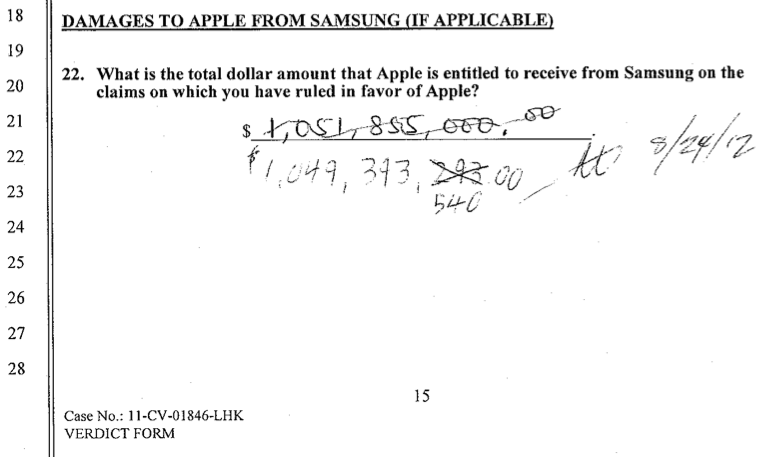The Australian Law Reform Commission has just published a thought provoking issues paper on Copyright and the Digital Economy, ALRC Issues Paper 42, August 2012.
The ALRC has been charged with considering whether existing exceptions under Australian law are appropriate and whether further exceptions should recognize fair use of copyright material; allow transformative, innovative and collaborative use of copyright materials to create and deliver new products and services of public benefit; and allow appropriate access, use, interaction and production of copyright material online for social, private or domestic purposes.
This is not the first time that Australia has considered adopting a more open-ended approach to copyright limitations and exception. The 2005 “Fair Use Review” by the Attorney-General’s Department also looked at the appropriateness of introducing a general fair use exception. That review led to some piecemeal reforms, but left Australia with its complicated labyrinth of exceptions keyed to particular uses of particular types of works under particular circumstances, all subject to a balancing test not unlike the U.S. fair use doctrine.
The new ALRC report makes some interesting observations about how things have changed since the last time this issue was considered.
At page 78-79, the ALRC notes …
“There has been a noticeable degree of change with respect to technology and social uses of it, even since the Fair Use Review. In its preliminary discussions with some stakeholders and others with an interest in copyright, the ALRC heard that there may now be more of an appetite for a broad, flexible exception to copyright—perhaps based on US-style fair use—than in late 2006.
In January 2008, Barton Beebe’s empirical study of US fair use case law through to the year 2005 was published. (B Beebe, ‘An Empirical Study of US Copyright Fair Use Opinions, 1978–2005’ (2008) 156 University of Pennsylvania Law Review 549). He argued that the results ‘show that much of our conventional wisdom about that case law is mistaken’.
In 2009, [Pamela] Samuelson published her ‘qualitative assessment’ of the fair use case law, which was built upon Beebe’s study (P Samuelson, ‘Unbundling Fair Uses’ (2009) 77 Fordham Law Review 2537). Samuelson has argued that ‘fair use is both more coherent and more predictable than many commentators have perceived once one recognizes that fair use cases tend to fall into common patterns’.
Earlier in 2012, Matthew Sag published his work that built upon these two studies (M Sag, ‘Predicting Fair Use’ (2012) 73 Ohio State Law Journal 47). He went further than Samuelson and ‘assesse[d] the predictability of fair use in terms of case facts which exist prior to any judicial determination’. He argued that his work demonstrates that “the uncertainty critique is somewhat overblown: an empirical analysis of the case law shows that, while there are many shades of gray in fair use litigation, there are also consistent patterns that can assist individuals, businesses, and lawyers in assessing the merits of particular claims to fair use protection.”
In my view, if Australian companies are going to have a fair chance to compete in the global digital economy, Australia needs to adopt a more flexible approach to copyright exceptions and limitations. When new issues arise in the United States, they are dealt with by the courts. Litigation is far from perfect, but it beats waiting around for a slow-moving, special-interest-beholden, narrowly focused legislative process. More often than not, Australian copyright law tends to echo the results of United States cases, just with a significant delay that limits the innovation opportunities of Australian companies.
Without a fair use doctrine, Australian innovators need to wait for permission regardless of how fair their intended use might be. In contrast, their American counterparts can back their own judgement as to fair use, and ultimately, if necessary, defend that judgment in court.
Online submissions to the ALRC can be made here. A final Report will then be delivered by 30 November 2013.

